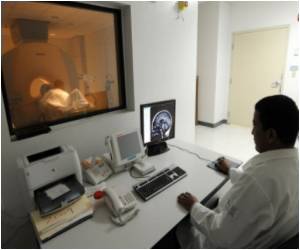
Just imagine all the tasks that must be in place before a patient enters the surgical suite, which is a one-time event. Planning for radiation therapy that is delivered daily for weeks requires the efforts of many caregivers, with coordinated handoffs of complex information. It is important that this happens in an aligned and controlled way, and not rushed. The safety program is specifically designed to decrease the risk of errors due to last-minute, and hurried work.
Understanding the risk for error, Dr. Potters identified all the applications that go into delivering the therapy and then set out to use the clinic as a laboratory to understand the processes. He and his colleagues basically mapped the process every step of the way. "The research was necessary to identify the appropriate processes of care, break it down into the eight key components of care and make sure every step is in place before the patient arrives for treatment," Dr. Potters explained. He calls it the "no-fly" policy, because there will be no treatment unless every step is signed off on and ready to go. If everything is not completed on time, the appointment is pushed back.
"The classic culture is not to make patients wait," Dr. Potters said. "But it is more important to have all the stress points in the system running smoothly to ensure minimal risk for the patient."
Dr. Potters and his team looked at the treatment process for 520 cases in the last eight months and measured the time points to see whether the time-to-treat improved over the course of the study. And it did. "We have created this program to help mitigate risk," said Dr. Potters. On average, 10 percent of patient appointments were pushed back. The department went from a culture of 'just in time' to that of 'proactive' recognition of a need to reschedule. And the number of "stops," the times that an appointment had to be re-scheduled because a step in the process was not completed, also went down. During the first month of the study, they had 80 events stopped compared to 20 in the most recent month of the study.
"With complex technologies, resource-compromised staff and pressures to hasten treatment, the use of this process seems to reduce patient safety risks," said Dr. Potters. And the patients are educated about the "no-fly" policy and are more confident that any changes made to the schedule are ultimately done to protect them.
Advertisement
Source-Eurekalert














